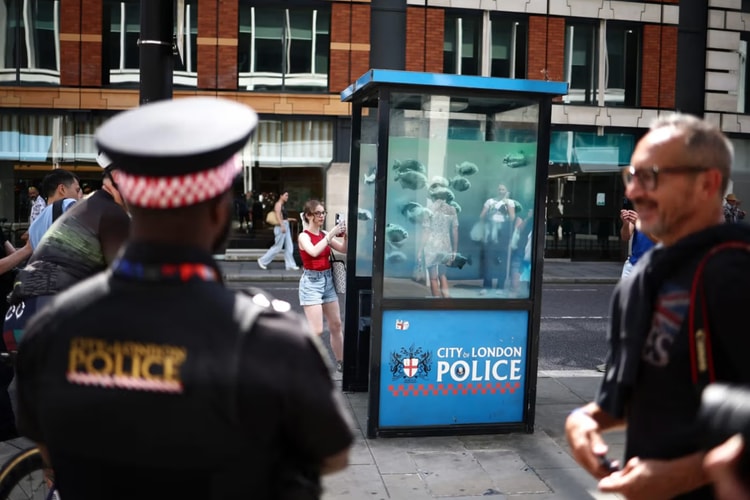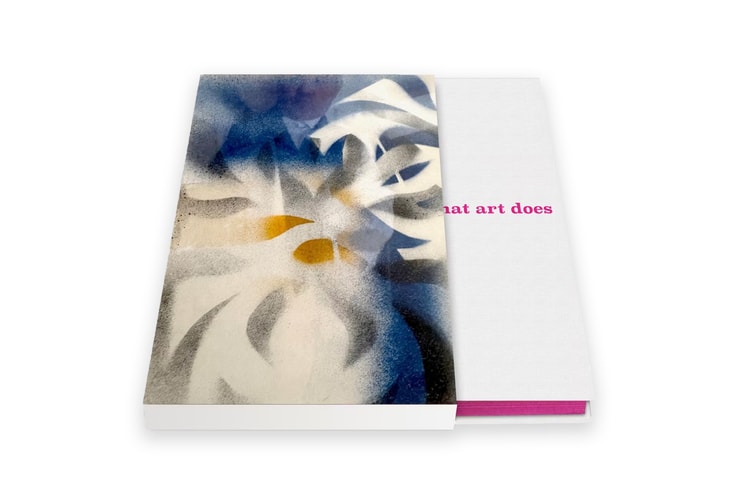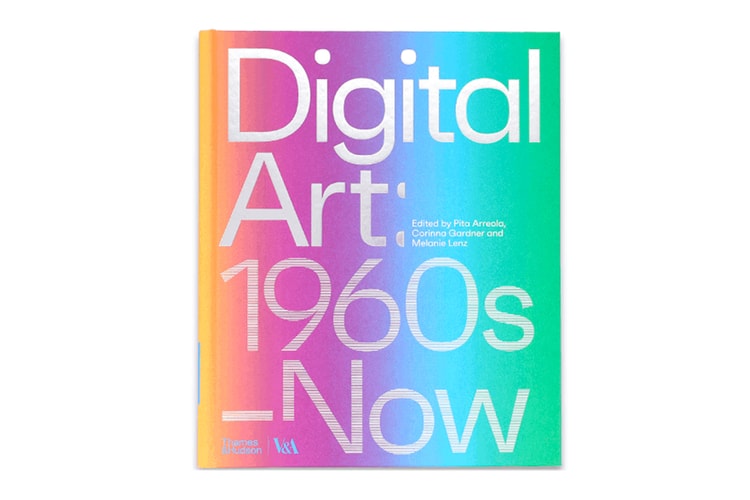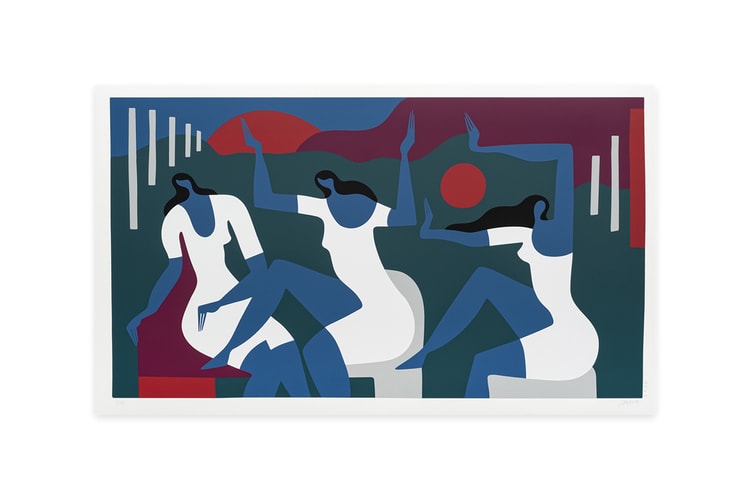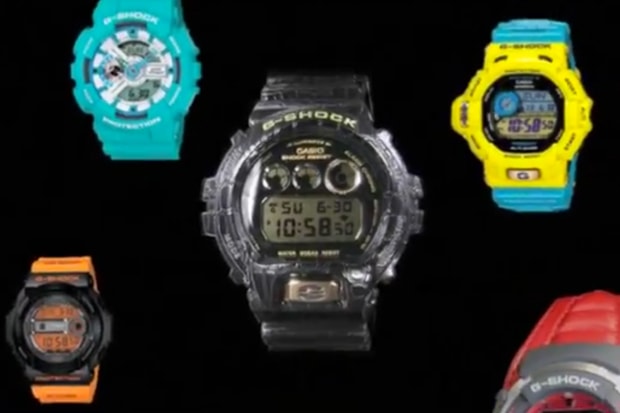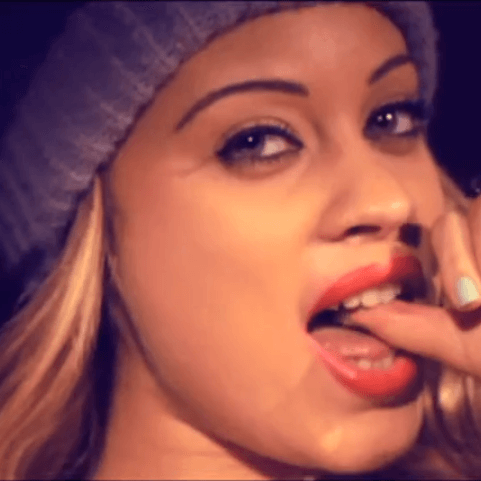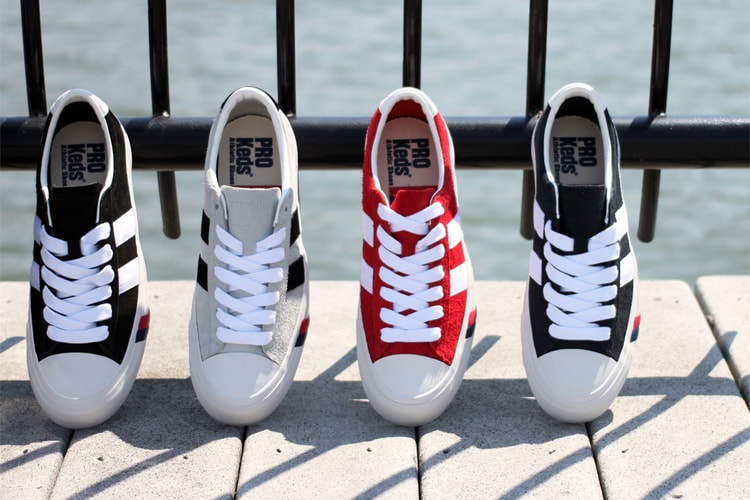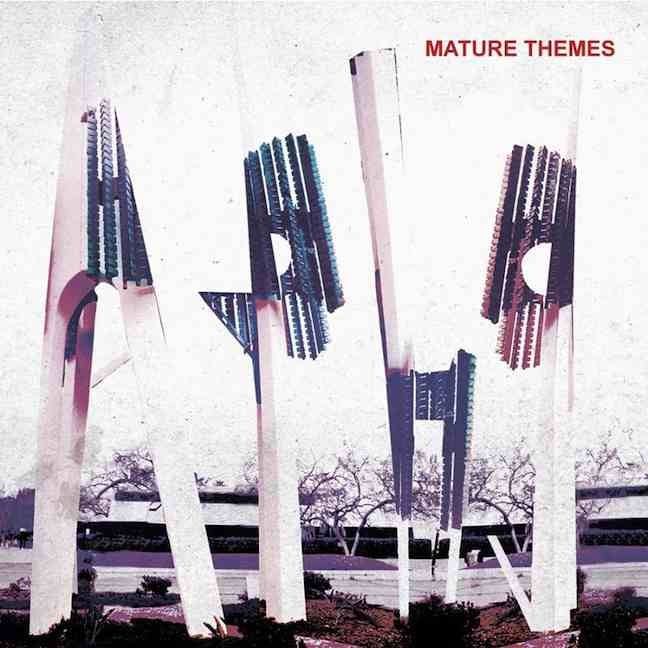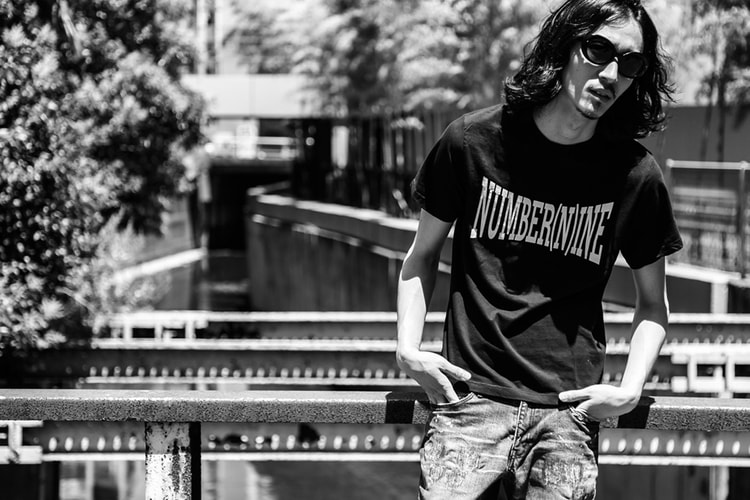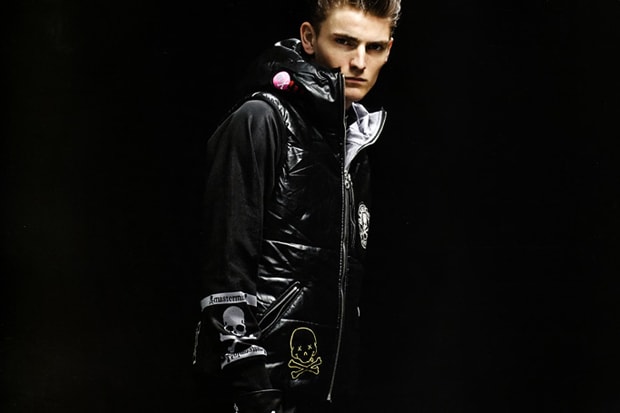Futura Talks About the Reinvention of His Art
Futura found his way in the art world like many of our favorite rebellious visionaries have in the
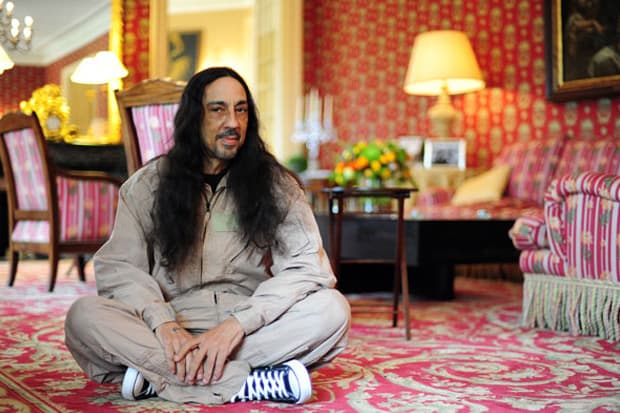
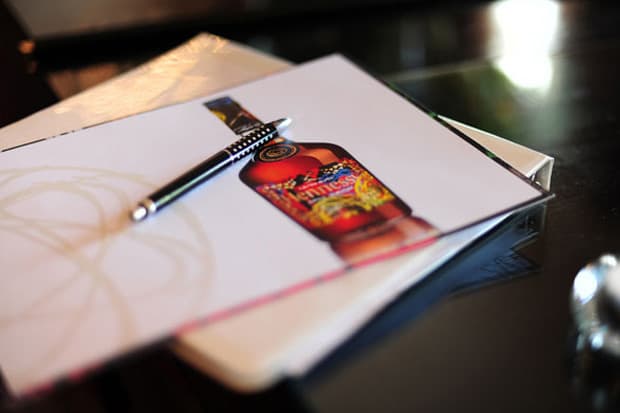
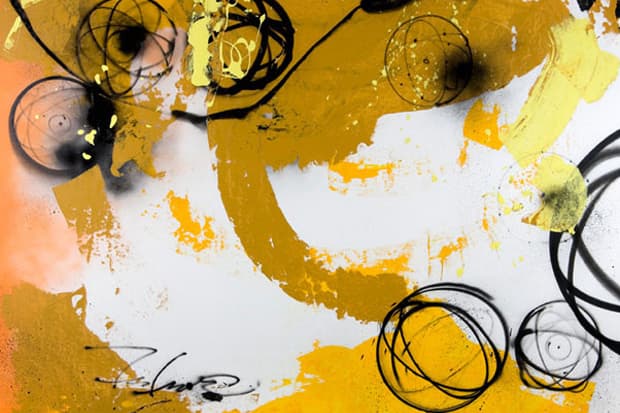
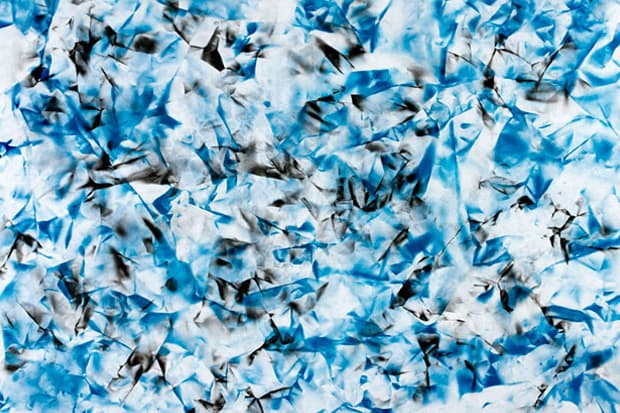
Futura found his way in the art world like many of our favorite rebellious visionaries have in the past, through the expressionist street art of graffiti. Establishing himself on the New York scene during the late ’70s with his abstract approach, the emerging illustrator eventually joined the ranks of esteemed gallery artists of the early ’80s which included Keith Haring, Jean-Michel Basquiat, Richard Hambleton and Kenny Scharf. Since his transition from the porcelain subway wall to the pristine gallery wall, Futura has entered the world of graphic design working with everyone from the British punk rock band The Clash to most recently Hennessy. He has even penetrated the fashion industry, launching his own eponymous clothing line dubbed Futura Laboratories with a store located in Fukuoka, Japan. Now in his 50’s and regarded as one of the pioneers to modern street art, the New York native sat down with Complex for an online cover story. Touching on just about everything since his early childhood, this piece is an inspiring read, art fan or not. Check out a choice excerpt below, with the full story available here.
Leonard Hilton McGurr grew up on 103rd and Broadway in Manhattan during the boom years of train bombing. As a youngster in the 1960s his eyes were drawn to the bustling graffiti scene, searching for his own vision in 1970 as a 15 year old. Looking up to SNAKE, CAT 87, STITCH I on a local level as well as all-city legends PHASE 2, FLINT, and STAY HIGH 149, he mostly ran with ALI as one of the Soul Artists focusing on the 1 and 3 trains.
The former Futura2000 began as a “toy,” more fan than hero and far from even scratching the surface of local legend status. But the numerical portion of his artistic alias spoke to a grand view and a particular ambition that was absent from others painting around him. “My name is a direct response to 2001 A SPACE ODYSSEY from Kubrick,” he explains. With many writers employing street numbers in their names, he “was looking for something unique; something about Futura2000 sounded good at the time.”
After an accident in a train tunnel—a friend of his stepped on the third rail and was badly burned—Futura spent the years 1974 to 1978 traveling the world in the Merchant Marines before returning to New York to focus on his work with new passion. Rather than playing with his own take on wild-style lettering, Futura began to carve a separate path. “I started painting in late ’79,” McGurr recalls, “I was always influenced by graphic design and I wondered if spray painting could be action painting.” Though it was far from Jackson Pollock, his distinctive style—abstract, atomic forms written over lush sprays of dense color—diverged from the popular character-writing style of his graf peers and soon found favor in another world, the bustling downtown New York art scene.



